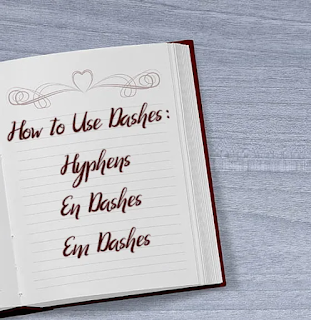Writing Workshop: Essay Basics
Note: This article was originally published August 30, 2020 on my now-defunct website for AMA Creative Solutions. I have completed the most minor of edits, so what you see is what was published (barring a glaring and obnoxious error).
What even is an essay?!
Essays are a non-fiction prose form that is used to explore an idea or experience. The core components are the introduction, the body, and the conclusion. More creative non-fiction essays, like you might see from David Sedaris and other memoirists, may not have a traditional structure. However, even these styles introduce the topic, often through a descriptive account of an event or memory, then use the body to explore or process the impact, and the conclusion may be a “take-away” or closing observation about the experience.
Most U.S. schools teach essay writing using a “three-point thesis” model. In this structure, the writer uses the introduction to provide context for the thesis, or core argument, of the essay. The thesis should list three supporting arguments, which will become the main idea for each subsequent paragraph. The conclusion brings the supporting arguments together to give the reader a summary of the argument and provide a sense of closure.
The three-point thesis model is a powerful starting point for anyone learning to write essays. It helps the writer stay focused on the specific points they are trying to make while being easily expanded into journalism, complex academic articles, and other creative non-fiction forms. This structure also gives writers a foundation for planning their writing because it translates well to content mapping and outlining.
Introduction
The introduction is one or two paragraphs where you tell the reader what you are writing about. You usually open the essay with a “hook” – something to get the reader interested in what your essay is about. Some hooks include a question to get your reader thinking about your topic, an anecdote, and a statistic or fact about your topic. The middle of your introduction is used to provide context or nuance to the opener. You would usually close your introduction with your thesis, or main argument.
How do I write a thesis?
A thesis is a sentence that clearly states your position in writing the essay. It should be clear to the reader where you stand and what your goal is. If you are writing a persuasive or argumentative essay, you want your thesis to say precisely what your stance is. For example, “Restorative justice should be focused on allowing an offender to reconnect with their community through providing access to necessary services, using community service rather than incarceration, and understanding and correcting the root causes of the behavior rather than punishment.” This thesis clearly expresses a focus on restorative justice over punitive measures and provides the foundation for the supporting arguments.
To start writing your thesis, determine what you are trying to say. What do you want your reader to take away from the essay? Your thesis should summarize your argument in one or two sentences. Once you decide on your focus, you determine what your main arguments are. You should use three to five main arguments, depending on how long your essay will be. Each argument will have supporting evidence that you will use in the body of your essay, but you want the main arguments to be succinct and easily identified.
Body
The body of your essay is where the “meat” is. You will use this space to fill out your arguments, focusing a paragraph or section on each of the points you used in the thesis. You would provide supporting arguments, statistics, and anecdotes. You will also want to refute any arguments that might be made against your stance. To continue using our restorative justice example, you might write “While the U.S. has tended to prefer punitive measures to crime, there is little evidence that shows it prevents crime. Indeed, research shows that a justice system that focuses on punishment over reintroducing the offender into the community increases recidivism, which is when someone re-offends after being released from prison.”
Be sure to cite any sources you quote or paraphrase, either directly referencing them in your paper or using a citation format like MLA, APA, AP, or Chicago Style. The correct citation format will depend largely on which field your piece is from (for example, journalism usually uses AP style) or a publication’s house style guide. Citations will look very different, depending on the format. MLA and APA will include the citation information in parentheses at the end of a quote or sentence, while Chicago Style will use footnotes. One of my favorite resources for general style information is Purdue's Online Writing Lab, but I recommend picking up the most recent update of the style guide if you use a specific style consistently.
Conclusion
The conclusion is usually one or two paragraphs that bring your essay to a close. You would generally summarize your points and rephrase your thesis. You can also include ways that your reader can apply your argument to a larger context. In our restorative justice example, you might consider challenging the reader to think about what they expect from the criminal justice system and how such a focus on punishment affects all of society.
Your essay should have something of an hourglass structure. You use the introduction to narrow a broad conversation to a specific topic. The body of your essay will be focused on making and supporting your argument. Then your conclusion will summarize your argument and open your reader to applying your argument to a larger context. Academic papers will have a citation page after the essay that lists the sources that were used to support the argument. Be sure to check how to structure your citation page using your citation style, as each one uses a different format.



Comments
Post a Comment